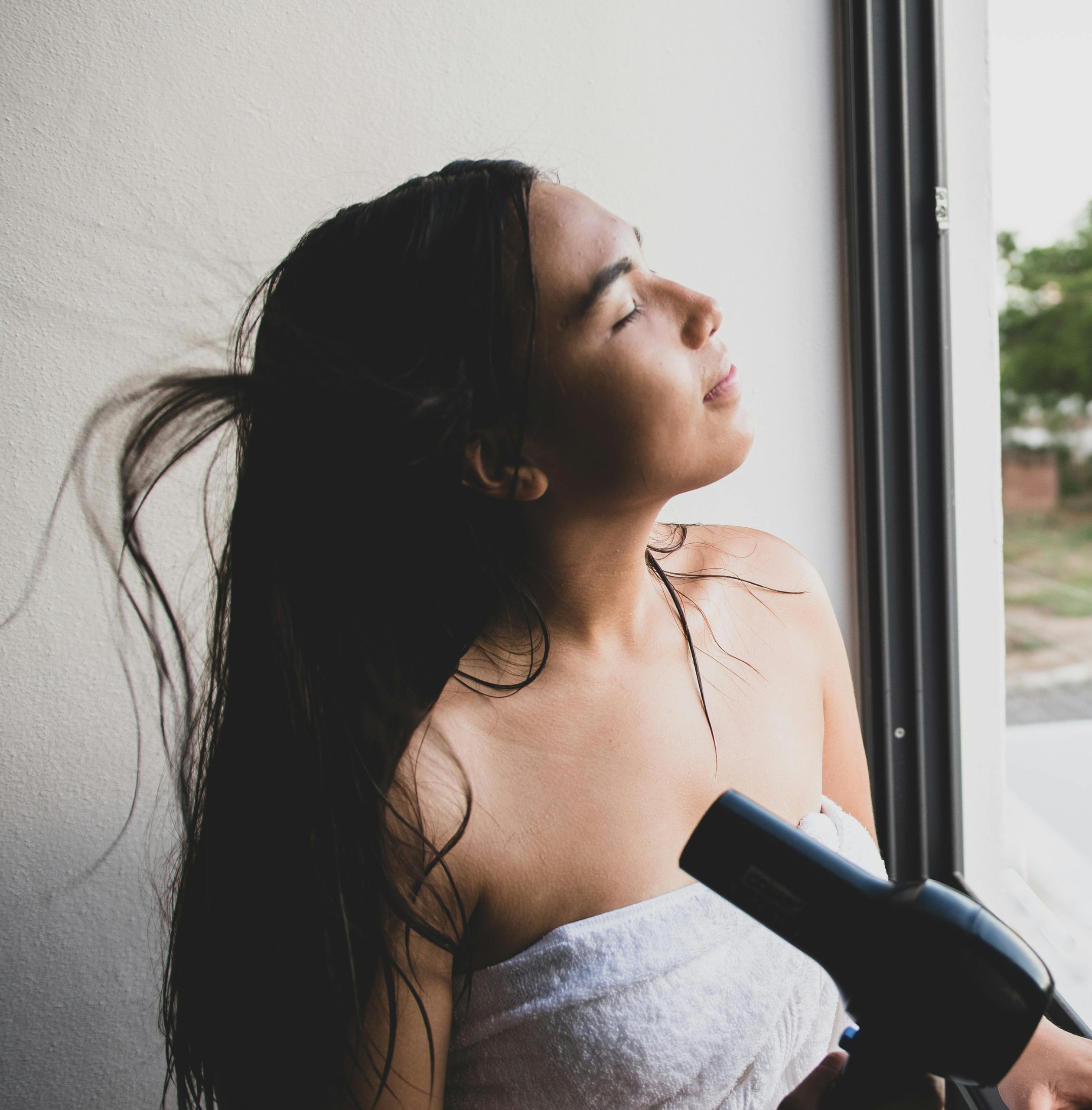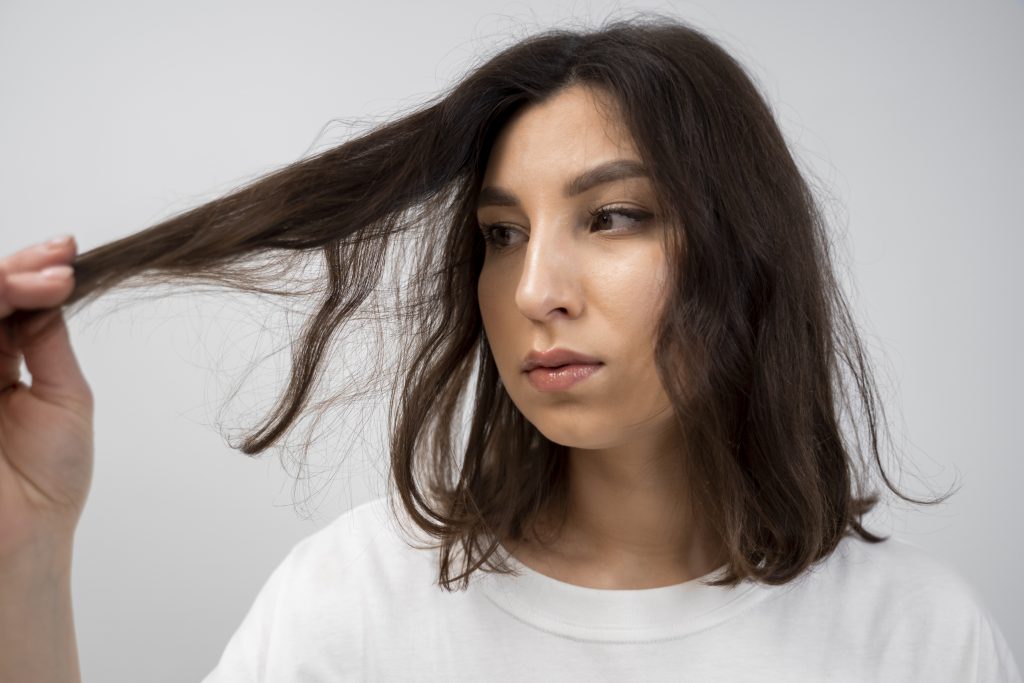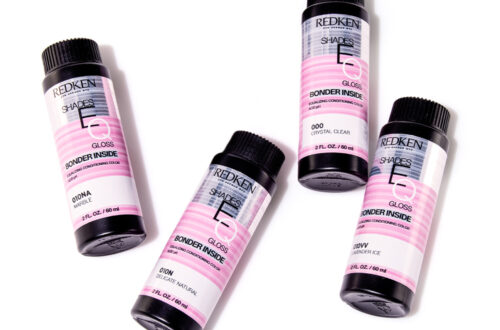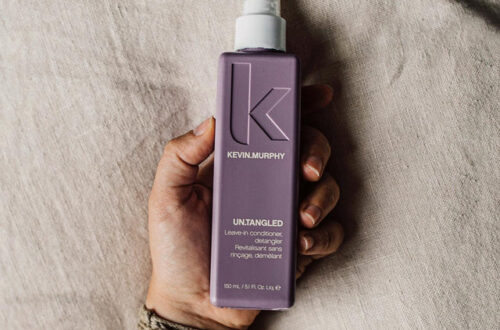What is your Hair Type? – Your Easy Guide to Hair Types
Your hair is as unique as you are, and understanding its type is crucial for effective care and styling. While terms like thin, medium, and dense are often used, they actually describe hair density (the number of hairs on your head) and not the thickness of individual strands. We will tackle the world of hair density in an upcoming article. For now, let’s focus on the real science of hair types—fine, medium, and coarse—and how to care for each to achieve stunning results.

Understanding Hair Types
Hair type refers to the thickness of individual hair strands, which is determined by the size and structure of the hair shaft. The hair shaft is composed of three layers: the cuticle, cortex, and medulla. Fine hair has smaller shafts, while coarse hair has larger ones. This difference impacts how your hair looks, feels, and behaves.
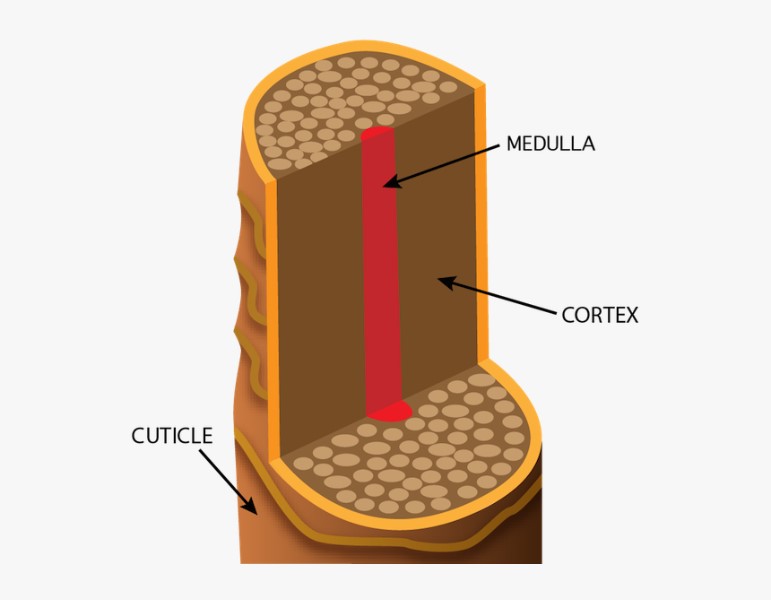
- Cuticle: The outermost layer of the hair shaft, the cuticle, consists of overlapping scales that protect the inner layers of the hair. The cuticle plays a crucial role in determining the texture and strength of the hair. In fine hair, the cuticle layer is typically smoother and more tightly packed, making the hair appear shinier but also more prone to damage. Coarse hair, on the other hand, has a rougher cuticle layer, which can make it feel coarse to the touch.
- Cortex: Beneath the cuticle lies the cortex, which makes up the majority of the hair shaft and determines the hair’s strength, elasticity, and color. The cortex contains the protein keratin, which gives hair its structure and strength. Fine hair tends to have a smaller cortex, which can make it more susceptible to damage and breakage. In contrast, coarse hair has a larger cortex, making it stronger but also more resistant to chemical treatments and styling.
- Medulla: The innermost layer of the hair shaft is the medulla, which is present in some hair types but not others. The medulla is thought to play a role in the overall thickness and structure of the hair, but its exact function is not fully understood. Fine hair (and light blonde) often lacks a medulla, while coarse hair may have a well-defined medulla.
Types of Hair – Fine, Medium Coarse
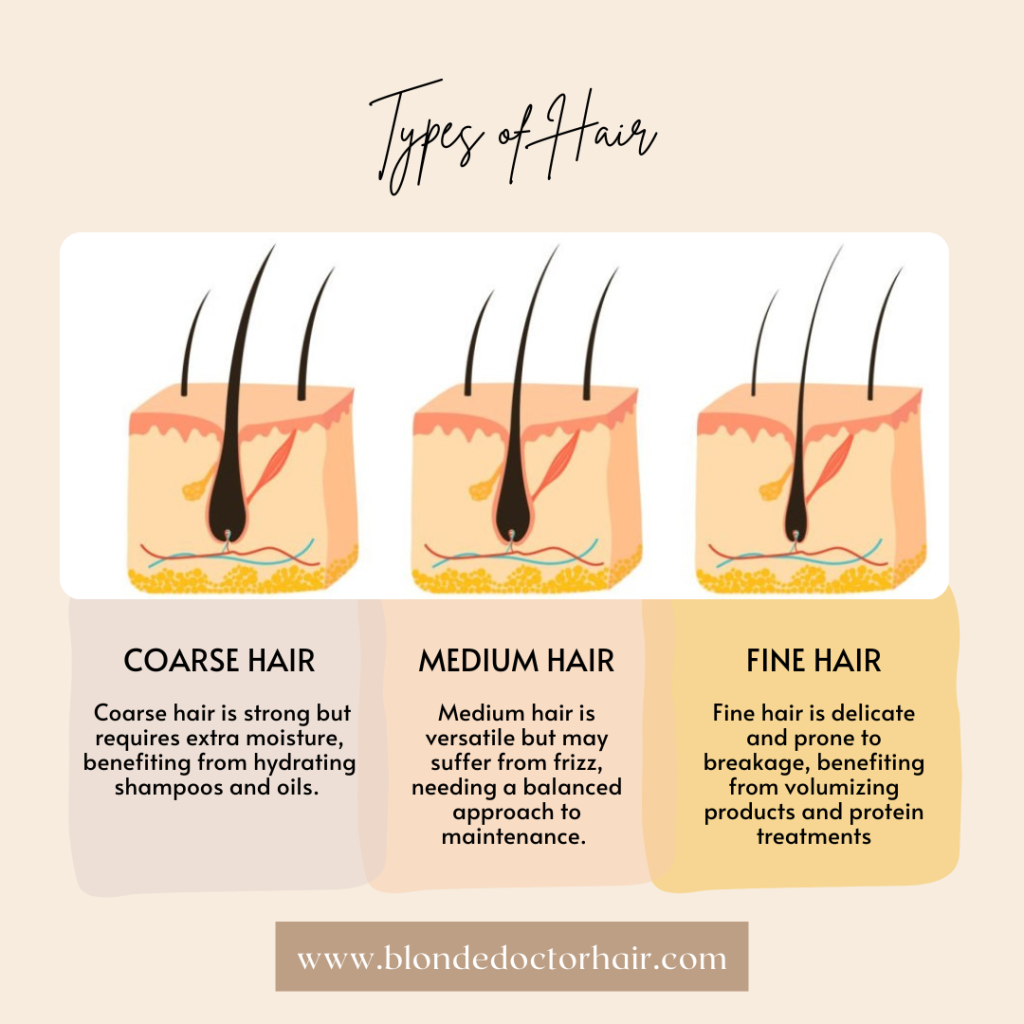
Each type requires specific care routines for optimal health and appearance, so let’s explore how to care for each to achieve the hair you’ve always dreamed of!
Hair Type: Fine Hair

Hair Type: Medium Hair

Hair Type: Coarse Hair

Figuring Out Your Hair Type
To determine your hair type at home, you can conduct a simple strand test. Here’s how:
- Strand Thickness Test: Take a single strand of hair between your fingers. Rub it gently between your thumb and index finger. If you can barely feel it, you have fine hair. If it feels somewhat substantial, you have medium hair. If it feels thick and coarse, you have coarse hair.
- Water Test: Another method is to observe how your hair behaves in water. Drop a single strand of clean hair into a glass of water. If it sinks quickly, you likely have high porosity hair, which is often coarser. If it takes a while to sink, you have low porosity hair, which is usually finer.
- Light Test: Hold a strand of your hair up to the light. If the hair appears nearly translucent, it’s fine. If you can see it clearly but it’s not very thick, it’s medium. If it looks thick and opaque, you have coarse hair.
- Elasticity Test: Stretch a single strand of your hair. If it stretches a bit and then returns to its original length without breaking, it’s healthy. Fine hair might stretch and break easily, medium hair will stretch moderately, and coarse hair will stretch the least but be more resilient.
So, understanding your hair type is the first step towards proper hair care. Embrace and care for your unique hair type to keep it healthy and beautiful. Watch out for upcoming articles or resources for further information on hair care.

Browse Other Posts
The Great Debate: Blow Dry vs. Air Dry
Should you blow dry or air dry your hair? Both hair drying methods have loyal…
Last-Minute Hair Service Changes? Here’s How to Navigate
Feeling inspired to switch up your regular salon service on the day of your appointment?…
Micellar Water: Your New Go-To for Fresh Hair Without Dry Shampoo
In the quest for hair that’s fresh and voluminous without the hassle of traditional dry…
What is your Hair Type? – Your Easy Guide to Hair Types
Your hair is as unique as you are, and understanding its type is crucial for…
The Postpartum Hair Loss Panic – Keep Calm and Grow On
Bringing new life into the world is a miraculous experience, but it can also bring…
Understand Your Hair Growth Cycle: The Key to Growing Stronger Hair
Have you ever wondered why your hair seems to grow faster on some days and…


